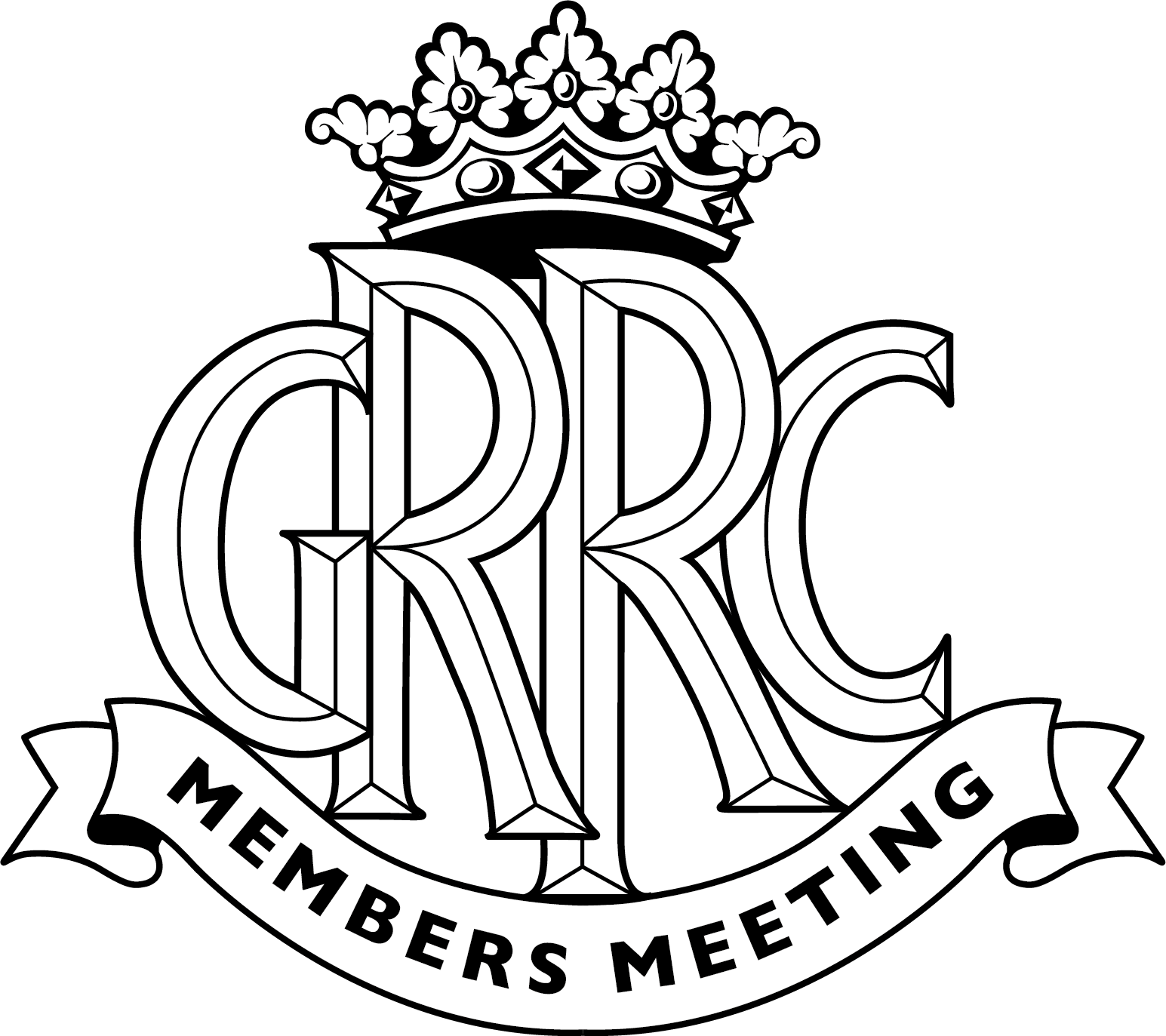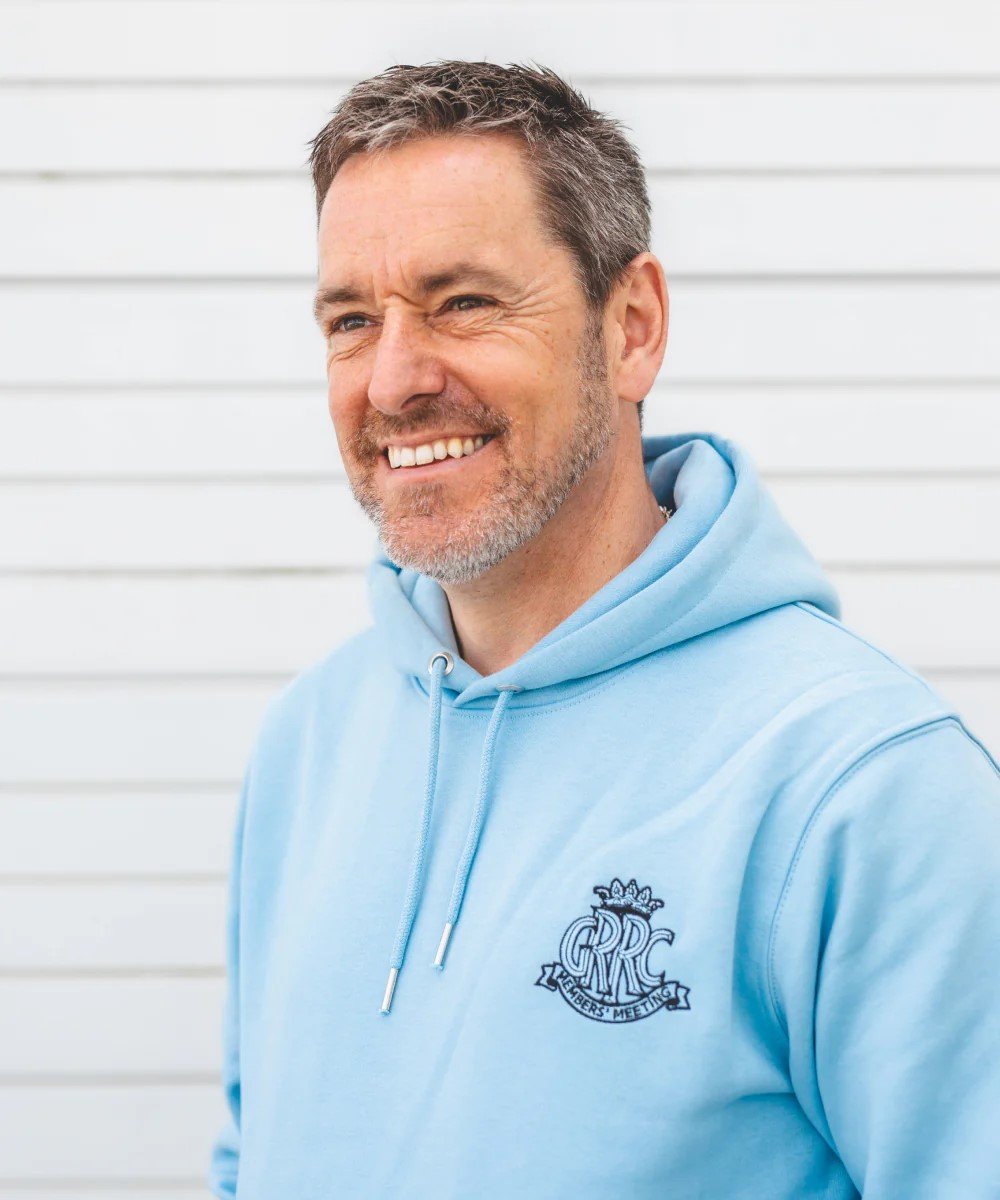Thank Frankel it's Friday: Seven comebacks to match Kubica
 Andrew Frankel
Andrew Frankel
I hope you are as stunned as me that Robert Kubica will next year find himself back behind the wheel of a Formula 1 car. Knowing a few rally obsessed journalists as I do, I have some understanding of the extent of the injuries – by no means restricted to a partially severed arm – he suffered in 2011 and the fact he has been able even to return to motorsport, let alone its top level, is testament to the human spirit. Or at least his human spirit. I think in the same circumstances I’d have been pleased still to be able to do the school run.
But is it the very greatest comeback in motor sport history? Possibly, but there are some others to consider, such as:
Niki Lauda
Perhaps the most obvious contender is Niki Lauda who, despite being not only conscious but talking after his Nürburgring accident in 1976 had suffered such serious internal damage to his lungs he was actually given the last rites in hospital. Not inclined to let such trifles slow him down, Lauda raced just six weeks later, won the championship the following year, retired, came back and won it all over again in 1984.
Johnny Herbert
Consider too the case of Johnny Herbert. His career was presumed over by most almost before it had begun, after an appalling shunt in a F3000 car at Brands Hatch in 1988. His feet were so badly mangled amputation was seriously considered. In the event he had to undergo endless surgery just to be able to walk again. None of which stopped him stepping up to F1 the very next year and missing a podium position in his very first race by a single second.
Juan Manuel Fangio
And then there’s Juan Manuel Fangio. The great Argentine driver is very well known for winning five world titles, but it’s perhaps less known that four of them came after an accident that would have killed many a weaker man. In June 1952 and exhausted after an overnight drive, he crashed his Maserati early in the non-championship Grand Prix of Monza in an accident of quite extraordinary violence, his A6GCM cartwheeling down the road with the great man still on board, before ejecting him into the trees. His most serious injury was a badly broken neck which kept him in a body plaster for three months and out of racing for the rest of the year.
Mika Häkkinen
The injuries suffered by Mika Häkkinen during his accident in qualifying for the 1995 Australian Grand Prix would almost certainly have been fatal a few years earlier. Indeed it was only the fact that highly skilled medical staff were on the scene so quickly and able to perform an emergency trackside tracheotomy that he survived. Didn’t stop him going on to bag a couple of world titles, mind.
Alex Zanardi
What can we say about the grit and guts of Alex Zanardi? Only that, having lost both his legs in an appalling shunt at the Lausitzring in 2001, he recovered to enjoy not only a successful career in both touring and sportscar racing, but also become a multiple gold medal winner at the 2012 and 2016 Paralympic Games.
AJ Foyt
But none of the above have recovered from being actually declared dead at the scene of their accident. This rather unenviable claim to fame belongs to none other than AJ Foyt who flipped end over end in an enormous NASCAR accident at Riverside in 1965. The track doctor pronounced him dead, a diagnosis soon disproved when another driver saw him move. A broken back, ankle and ribs didn’t keep him down for long and he recovered to survive many more vast accidents and become perhaps the most revered person of all on the US racing scene.
Billy Monger
And finally, who else but our own Billy Monger. It’s not just that he recovered from his horrendous Donington accident to race again and score two poles, three fastest laps and four podiums in British Formula Three, but that he has done all that at such an incredibly young age, with a positivity from which there are lessons for all to learn. But like all drivers he still needs backing to progress his career. His most recent tweet ends: ‘like any other driver, I need to find sponsorship to keep this dream alive. Hopefully this isn’t the end.’ We hope so too.
Andrew Frankel
F1
Robert Kubica
Alex Zanardi
AJ Foyt
Niki Lauda
mika hakkinen
Billy Monger
Juan Manuel Fangio
































































